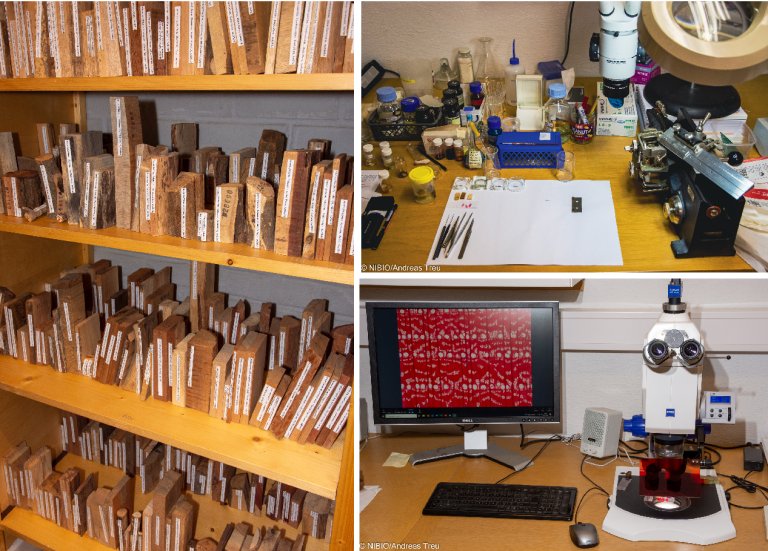Wood microscopy

Microscopic analyses have versatile applications in wood science from the identification of wood species, and the investigation of fungal growth within wood, to the analysis of surface coatings or treatability of wood. In our laboratories, we have all equipment
- Sliding microtome
- Various staining agents for wood tissue
- Different microscopes, including including reflected and transmitted-light microscopes, or a fluorescence microscope
- Xylarium with reference wood samples from over 600 different species
Furthermore, we have access to other state-of-the-art microscopes at other NIBIO departments and the NMBU Imaging Center.

Contacts

Links
Imaging Centre at NMBUContacts

